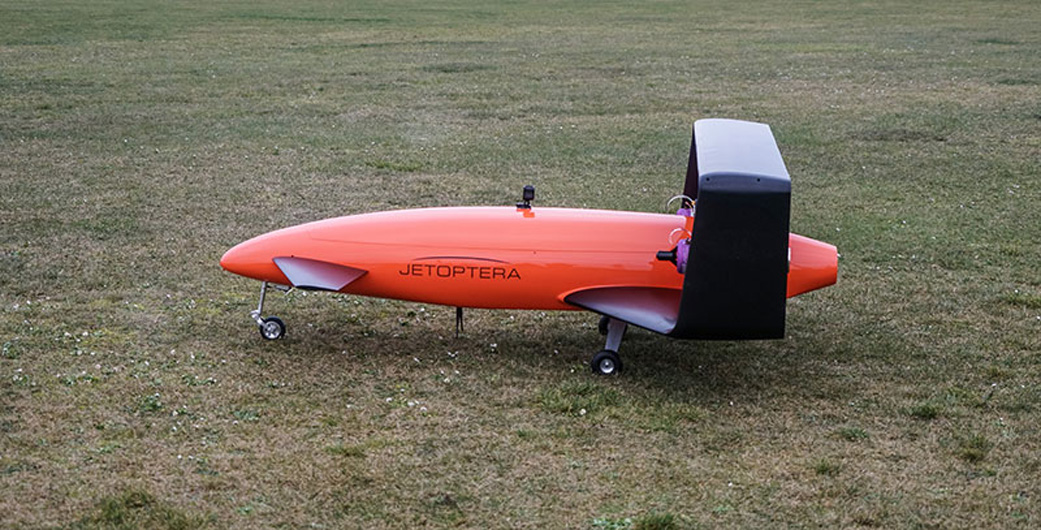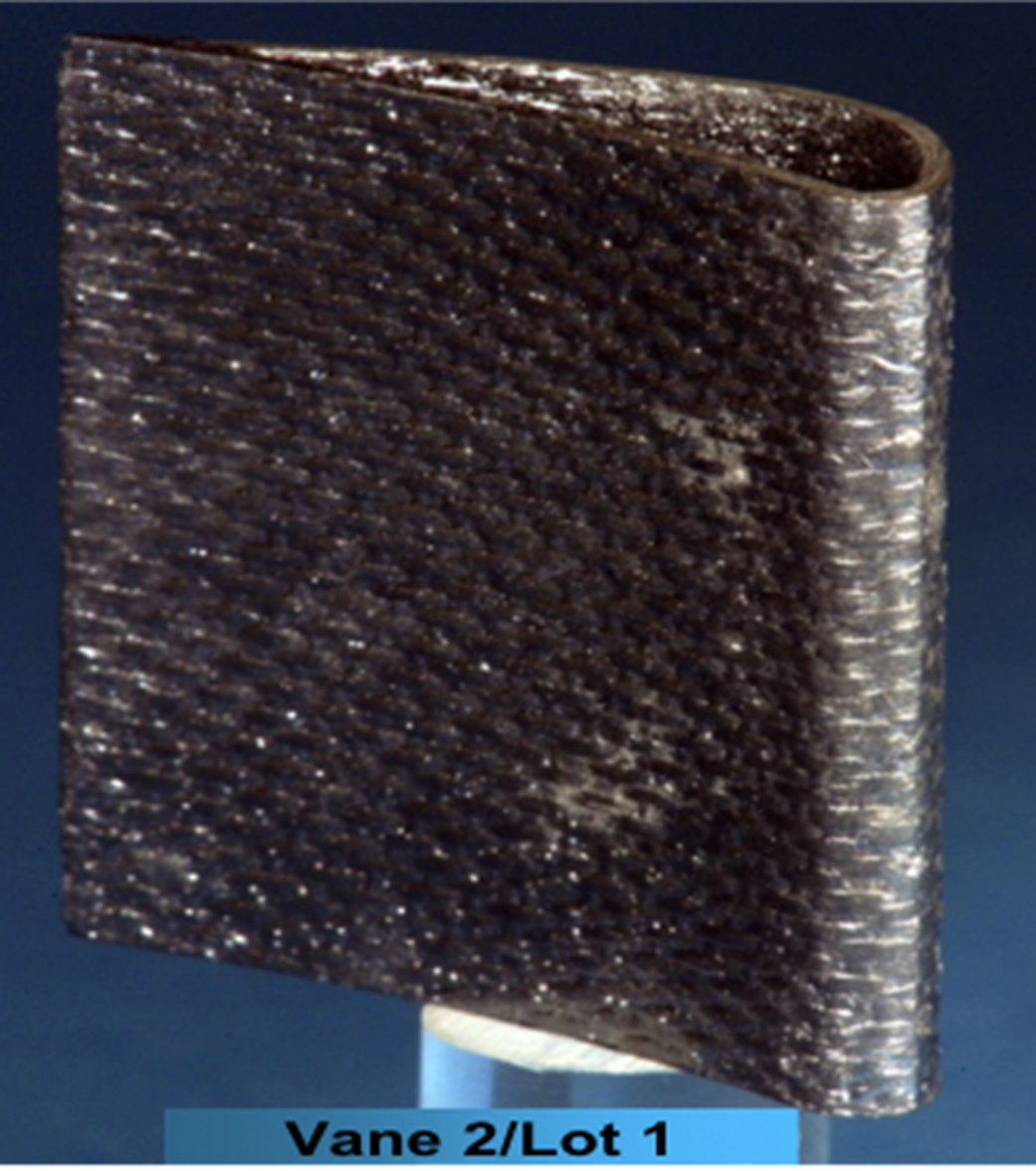As NASA looks to the future of flight, the agency is investing in technologies aimed at changing the aviation industry as we know it. These developments vary from basic materials to full-scale experimental aircraft, all designed to increase efficiency and reliability, while decreasing weight and cost.
NASA engineers are developing innovative new materials that can be used to manufacture better parts for aircraft engines and related systems. One of these materials is Silicon Carbide (SiC) Fiber-Reinforced SiC Ceramic Matrix Composites (SiC/SiC CMCs). This lightweight and reusable fiber material is ideal for high-performance machinery, like aircraft engines, operating for extended periods of time in punishing conditions. SiC fibers can withstand up to 2,700 degrees Fahrenheit and are strong enough to last months, or even years, between maintenance cycles.
NASA’s Glenn Research Center in Cleveland is known for its materials research and development capabilities, and it is currently working to bring this SiC fiber material to the commercial aviation market.
“Glenn’s materials research is pushing boundaries – creating materials that can withstand intense environments like what is found in advanced gas turbine engines while reducing the weight of these materials,” said Amy Hiltabidel, technology licensing manager at Glenn. “These developments create unique market opportunities, especially for those seeking robust, lightweight structures that can be manufactured using SiC/SiC CMCs.”
Engineers and researchers at Glenn developed a state-of-the-art process for reinforcing the SiC fibers. This technique improves performance and makes the fibers tougher. It also gives engineers expanded design flexibility because the fibers can be shaped for specific applications. These enhancements can be applied to single fibers, multi-fibers or even preform molds without any loss in durability.
“Novel materials such as SiC/SiC CMCs have to be manufacturable and, ultimately, usable in order to find utility in industry,” said Hiltabidel. “Our materials researchers understand this and employ conventional manufacturing techniques when designing new materials making transition to industry easier.”
After extensive process improvement and testing, NASA opened SiC fibers up for licensing through its Technology Transfer program. When a company licenses with NASA, the relationship extends far beyond the agency’s brand recognition, it provides U.S. industry with a vast network of subject matter experts, testing facilities and other partners.
“That NASA technology caught my eye and it was a no-brainer,” said Andrei Evulet, chief technology officer at Jetoptera, an unmanned aerial system (UAS) startup based in Seattle. “I was curious about various enabling technologies that we would rather license than develop ourselves, and frankly CMCs are something that are really capital-intensive.”
Jetoptera is looking to create a UAS that can augment commerce, deliver humanitarian aid, advance agricultural maintenance systems, replace manned medevacs and more.
“In general, CMCs make parts lighter and allow higher firing temperature, which increases the life expectancy of parts,” said Evulet. “I saw the potential of CMCs, and it’s just tremendous. It’s changing the game. I did a web search and found a list of the NASA technologies, then I started searching. When I found it, I thought, wow! This is available for licensing? That’s amazing.”
Application of this SiC fiber technology extends far beyond aeronautics; it can also be used in land-based gas turbine engines, furnaces and heat exchangers, thermal/fire protection systems, rocket nozzles and even nuclear reactors.
To find out more about how to license NASA technology, including Glenn inventions, and the available technologies to license, visit the NASA Technology Transfer website.
Lauren Simmers and Jimi Russell
NASA’s Glenn Research Center


































